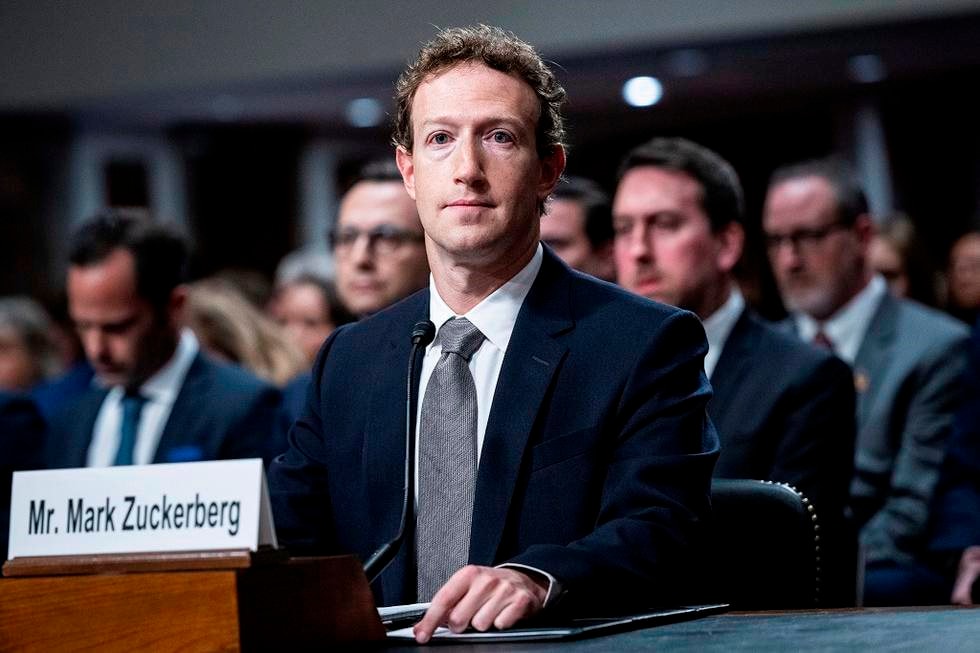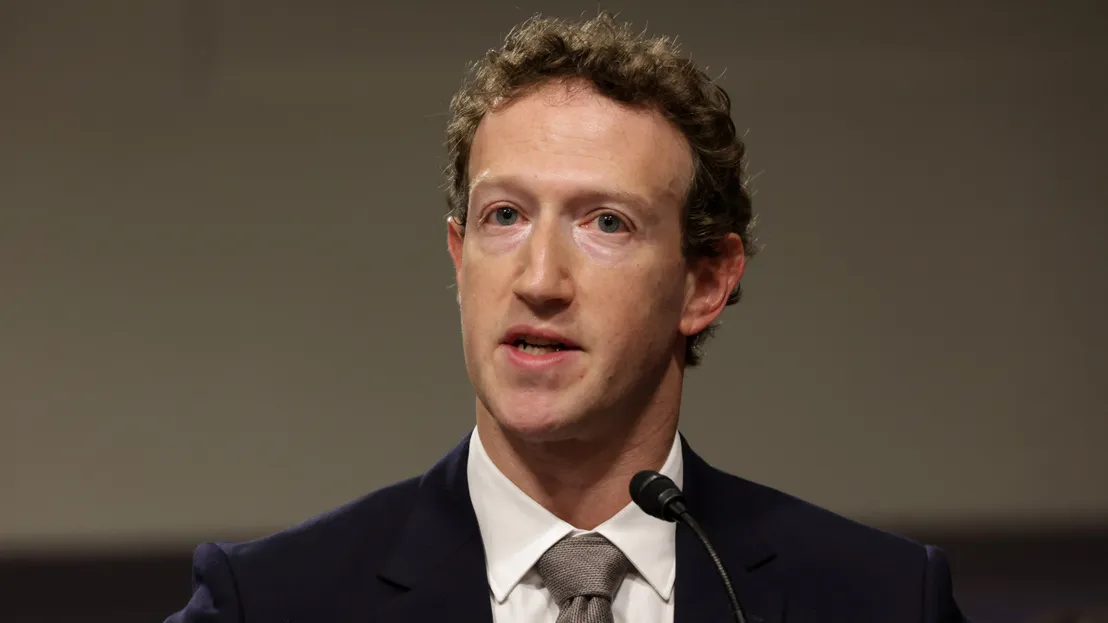

The Enigmatic Rise of Neuralink and the Hidden-Truth of Human-AI Unity
In an era where technology evolves at lightning speed, the rise of Neuralink stands as a groundbreaking milestone in the quest to merge humans and artificial intelligence (AI). Founded by Elon Musk in 2016, Neuralink aims to develop advanced brain-machine interfaces (BMIs) that could revolutionize the way humans interact with technology. As this ambitious project progresses, it raises profound questions about the future of humanity, ethics, and the very nature of consciousness.
The Vision Behind Neuralink
Neuralink’s primary mission is to bridge the gap between human cognition and AI, creating a seamless connection that enhances our mental capabilities. Musk envisions a future where individuals can communicate telepathically, access vast amounts of information instantaneously, and even upload memories. This vision, while seemingly straight out of a science fiction novel, is grounded in the rapid advancements in neuroscience and AI.

Breaking Down the Technology
At the core of Neuralink’s technology is the development of tiny, flexible threads implanted in the brain. These threads, thinner than a human hair, are designed to read neural activity and transmit data to external devices. The process involves a sophisticated surgical procedure that utilizes robotic systems to ensure precision and minimize damage to brain tissue. Once implanted, these threads communicate wirelessly with a computer, enabling users to control devices using thought alone.
The potential applications of this technology are vast. From restoring movement in paralyzed individuals to enhancing cognitive functions, the implications of Neuralink’s advancements are both thrilling and daunting. Imagine a world where a person with a spinal cord injury can regain mobility through direct brain-computer interaction or where individuals can boost their memory capacity through AI-assisted recall.
Ethical Considerations and Challenges
While the rise of Neuralink promises a plethora of benefits, it also opens the door to significant ethical dilemmas. One of the most pressing concerns is the issue of privacy. As our thoughts and memories become digitized, who controls this data? The potential for misuse is substantial, raising fears about surveillance, manipulation, and even coercion.
Moreover, the idea of enhancing human capabilities through technology introduces a new layer of inequality. Access to Neuralink’s technology could be limited to the wealthy, potentially creating a divide between those who can afford cognitive enhancements and those who cannot. This disparity could exacerbate existing social inequalities, leading to a future where the “augmented” elite dominate society.

The Role of AI in Neuralink’s Future
AI plays a crucial role in the functionality of Neuralink’s systems. By analyzing the vast amounts of data collected from neural activity, AI algorithms can learn to interpret thoughts and intentions with increasing accuracy. This synergy between human cognition and AI not only enhances the interface’s effectiveness but also raises questions about autonomy and dependency.
As we merge with AI, there’s a fear that we might lose our unique human qualities. Will we become more machine than human? Or will this integration enrich our existence, allowing us to transcend the limitations of our biology? These existential questions lie at the heart of the debate surrounding Neuralink and its implications.

The Road Ahead
As Neuralink progresses through its research and development phases, it faces a multitude of challenges, both technical and societal. The path to human-AI fusion is fraught with obstacles, including regulatory hurdles, public skepticism, and the need for rigorous testing to ensure safety and efficacy.
However, the potential rewards of this technology are immense. If successful, Neuralink could redefine what it means to be human. The ability to enhance our cognitive abilities, communicate effortlessly, and interact with AI on a profound level could lead to unprecedented advancements in fields such as medicine, education, and beyond.
In conclusion, the rise of Neuralink represents a thrilling chapter in the ongoing narrative of human evolution. As we stand on the brink of merging with AI, the possibilities are as exciting as they are unsettling. The ethical implications, societal challenges, and potential benefits of this technology will undoubtedly spark debates for years to come. As we navigate this uncharted territory, one thing is certain: the future of humanity may be forever altered by our quest to connect with the machines we create.
The journey toward merging humans and AI is not just a technological endeavor; it is a profound exploration of what it means to be human in an increasingly digital world. As Neuralink continues to develop, the world watches closely, anticipating the next groundbreaking discovery that could change the fabric of our existence.
Angus
Respect sir fantastic service globor production 👏 🙌 ceo Tesla Tested world 🌎
Comments are closed.



















1 comment